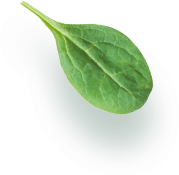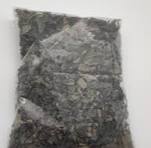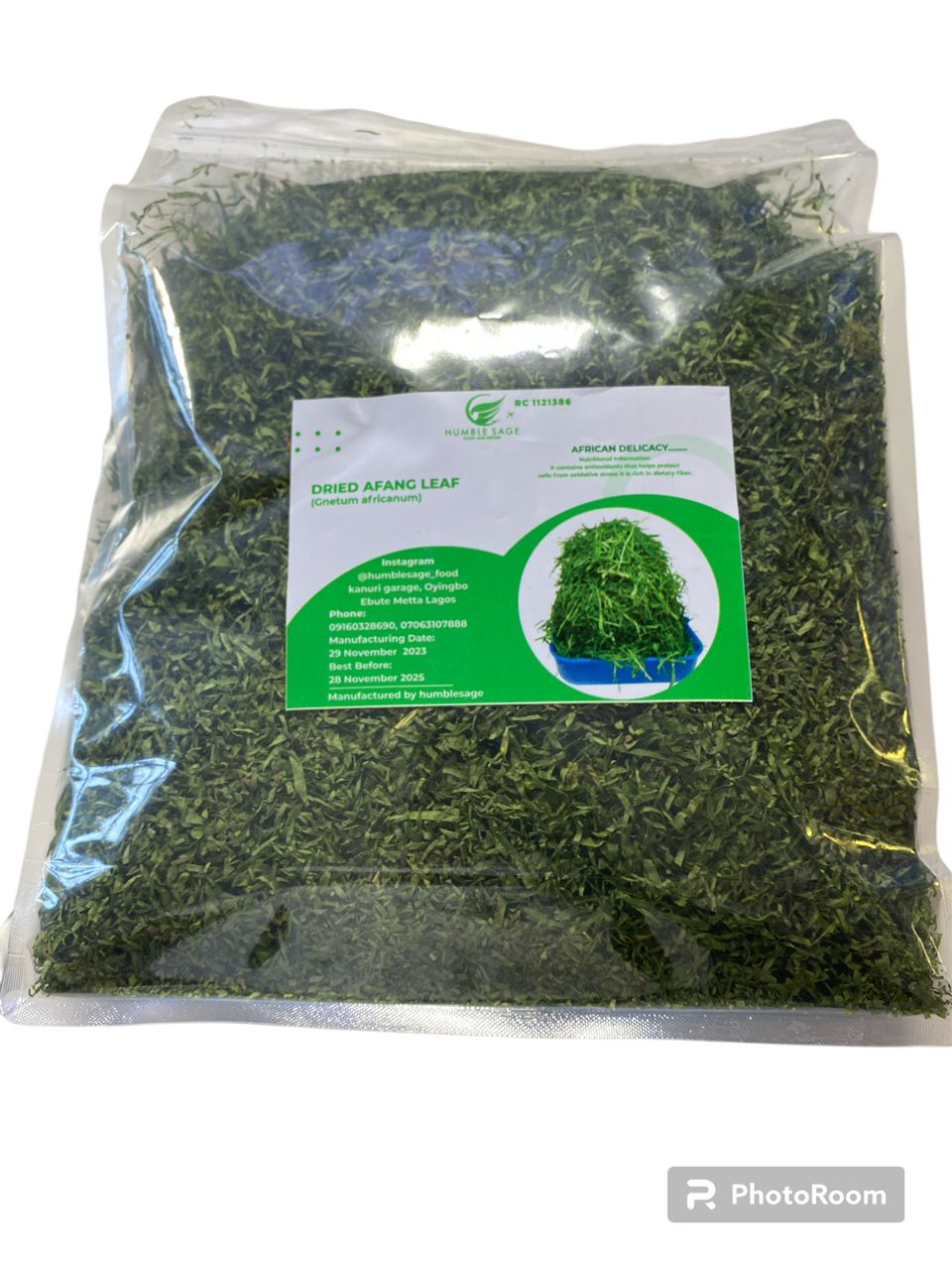

Description
Afang leaf is a popular leafy green vegetable used in West African cuisine, particularly in Nigeria and Cameroon. It is a key ingredient in the traditional Afang soup, a delicacy enjoyed by the Efik and Ibibio people of southern Nigeria. The leaves are known for their rich nutritional content and distinctive flavor.
Botanical Description
- Scientific Name: Gnetum africanum
- Family: Gnetaceae
- Common Names: Afang leaf (Nigeria), Eru (Cameroon), Okazi or Ukazi (Igbo), KoKo (Ghana)
- Plant Description:
- Type: Climbing vine or shrub.
- Leaves: Dark green, glossy, and leathery. They are elongated and slightly pointed at the ends.
- Stems: Woody and can grow long, aiding the plant in climbing.
Physical Characteristics of Afang Leaves
- Size: Approximately 5 to 15 centimeters in length.
- Shape: Elongated, lanceolate with a slightly pointed tip.
- Color: Dark green, both on the upper and lower surfaces.
- Texture: Leathery and tough, especially when fresh.
Nutritional Profile (per 100 grams of fresh leaves)
- Calories: Approximately 30 kcal
- Carbohydrates: Around 7 grams
- Protein: About 4 grams
- Fat: Less than 1 gram
- Fiber: Approximately 5 grams
- Vitamins and Minerals: Rich in vitamins A, C, and K, as well as calcium, iron, potassium, and magnesium.
Health Benefits
- Digestive Health: High in dietary fiber, aiding in digestion and promoting bowel regularity.
- Antioxidant Properties: Rich in vitamins A and C, which have antioxidant properties that help combat free radicals.
- Bone Health: High calcium content supports bone health.
- Immune System Support: The vitamins and minerals in Afang leaves help boost the immune system.
- Anti-inflammatory Properties: Used in traditional medicine for its anti-inflammatory effects.
Culinary Uses
- Afang Soup: The primary use of Afang leaves is in Afang soup, a traditional West African dish.
- Stews and Soups: Added to various stews and soups for their unique flavor and nutritional benefits.
- Side Dishes: Cooked and served as a side dish with meats and other vegetables.
Traditional Recipe: Afang Soup
Ingredients:
- Fresh or dried Afang leaves
- Waterleaf (Talinum triangulare) or spinach as a substitute
- Assorted meats (beef, goat, or chicken)
- Smoked fish and/or stockfish
- Periwinkles (optional)
- Crayfish
- Palm oil
- Onions
- Seasonings (salt, pepper, bouillon cubes)
Preparation:
- Preparation of Leaves: Wash and finely slice Afang leaves. Pound or grind them to a coarse texture. Similarly, slice waterleaf or spinach.
- Cooking Meat and Fish: Boil the assorted meats and stockfish with onions and seasonings until tender. Add the smoked fish and continue cooking.
- Adding Vegetables: Add waterleaf or spinach to the pot and cook until wilted.
- Incorporating Afang Leaves: Add the pounded or ground Afang leaves and stir thoroughly.
- Final Touches: Add palm oil, crayfish, periwinkles, and additional seasonings. Simmer until all ingredients are well combined and the soup reaches the desired consistency.
- Serving: Serve hot with a side of fufu, pounded yam, or garri.
Preparation and Usage
- Washing: Fresh leaves should be thoroughly washed to remove dirt and debris.
- Slicing: Leaves are sliced finely to facilitate cooking.
- Pounding/Grinding: For certain recipes like Afang soup, the leaves are pounded or ground to break down their tough texture.
Storage
- Fresh Leaves: Store in a refrigerator, wrapped in a damp cloth or plastic bag, and use within a few days.
- Dried Leaves: Can be dried and stored in an airtight container in a cool, dry place. Rehydrate before use by soaking in water.
Cultural and Historical Significance
- Culinary Tradition: Afang leaves are a staple in the culinary traditions of the Efik, Ibibio, and other ethnic groups in Nigeria and Cameroon.
- Medicinal Uses: Traditionally used in folk medicine for its purported health benefits, including treating digestive issues and inflammation.
- Economic Importance: Cultivation and sale of Afang leaves provide a source of income for many small-scale farmers and market vendors.
Safety and Precautions
- Allergies: Generally safe for most people, but individuals with specific plant allergies should exercise caution.
- Quality Control: Ensure leaves are sourced from reputable suppliers to avoid contamination with pesticides or other harmful substances.
Be the first to review “100g of Afang leaf” Cancel reply
Related products
-
Sale!

Alligator pepper
₦1,000.00Original price was: ₦1,000.00.₦900.00Current price is: ₦900.00. Add to cart -
Sale!

100g Dried banga leaf
₦10,000.00Original price was: ₦10,000.00.₦8,000.00Current price is: ₦8,000.00. Add to cart -
Sale!

100g Dried oha leaf
₦10,000.00Original price was: ₦10,000.00.₦8,000.00Current price is: ₦8,000.00. Add to cart -
Sale!

100g utazi leaf
₦7,000.00Original price was: ₦7,000.00.₦6,000.00Current price is: ₦6,000.00. Add to cart


Reviews
There are no reviews yet.